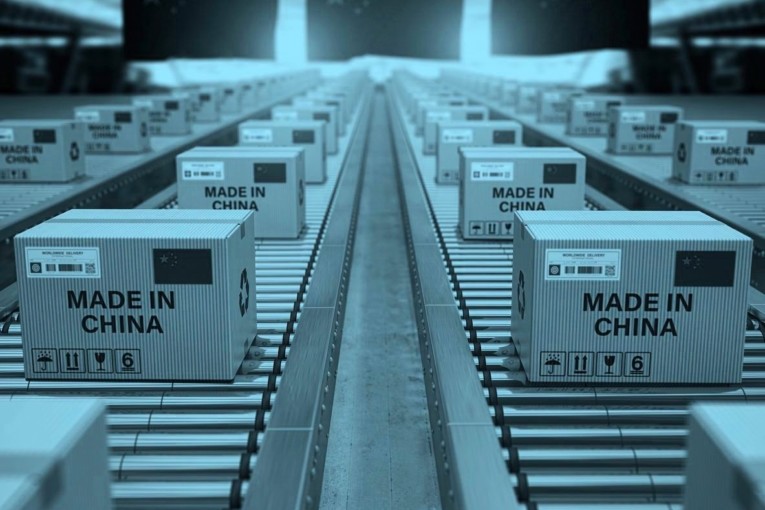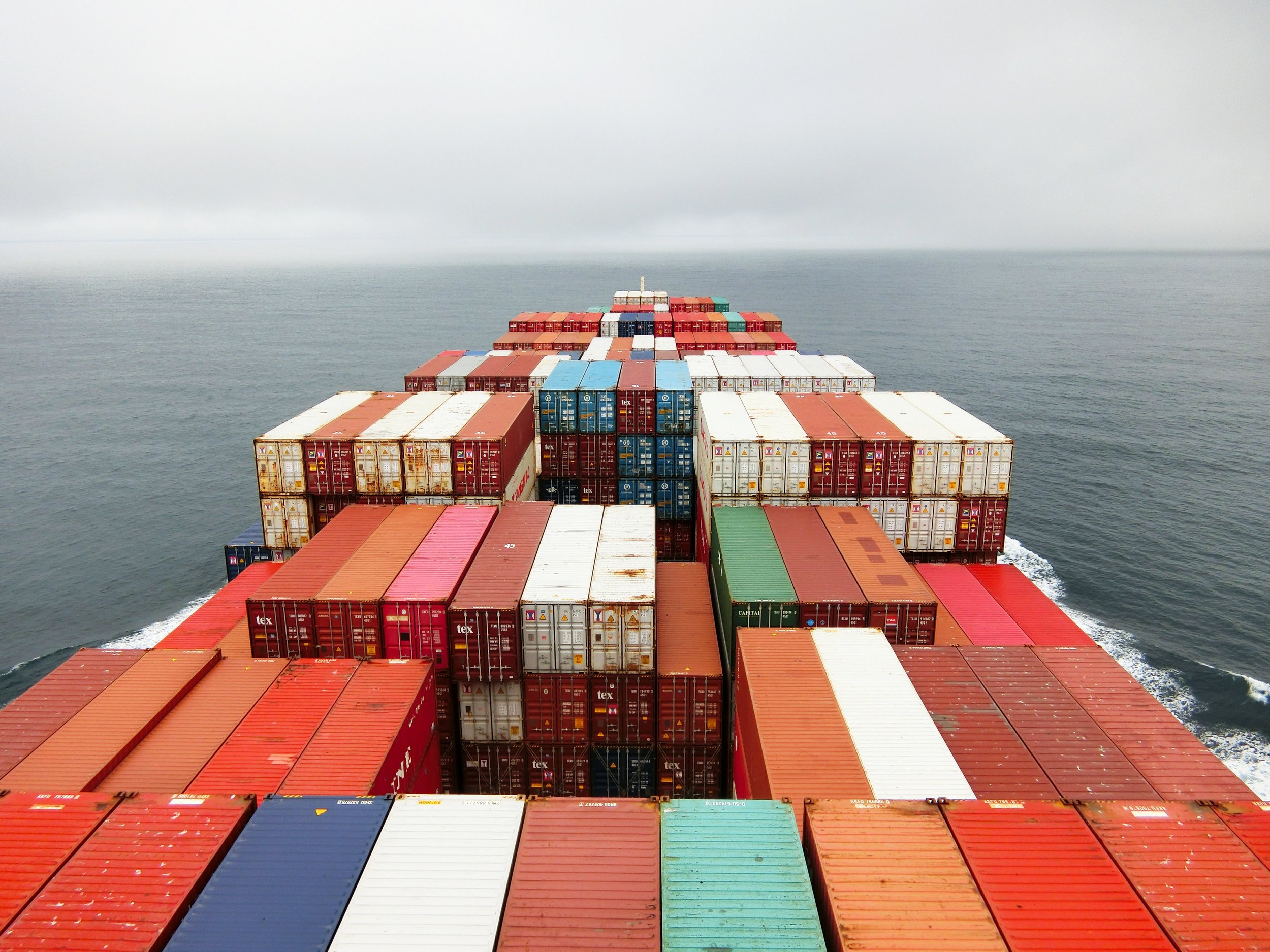Crowded ports, pandemics, and labor shortages, oh my!
It’s no secret that global supply chains are still reeling from a perfect storm of unforeseen issues and systemic failures. As consumers, we’ve all felt the effects. When the global supply chain suffers, even the inventory at America’s largest retail stores look like Swiss cheese.
There’s not just one party at fault here; issues with the global supply chain are everyone’s problem. And yet, one manufacturing force majeure has an increased stake in the game. China’s effect on manufacturing, shipping, and global logistics is significant and undeniable. But why is the global supply chain affected by China’s actions to such an extreme degree? Today, we’re going to take a look at something we call “The China Equation.”
China’s Role in Global Logistics
China’s global impact is undeniable. Not only is China home to the largest and most diverse population in the world when it comes to manufacturing and exporting products, but they are also an economic powerhouse. According to Statista, Chinese manufacturing accounted for nearly 29% of all global manufacturing as of 2019. In real dollars, that equals nearly 4 trillion dollars, or 30% of the nation’s entire economy.
It’s easy to see the hold that Chinese manufacturing has on the rest of the world. The ubiquitous tagline “Made in China” has become ingrained in every major Western market, earning the nation its nickname, the World’s Factory, due in great part to factors such as:
-
Low cost of labor
-
Lack of national manufacturing regulations
-
Non-existent taxes
Given the sheer magnitude of the Chinese manufacturing sector, China’s action, output, and overall prosperity during the COVID-19 pandemic has predictably caused ripples throughout the global supply chain. What we’re currently seeing is a titan struggling against its own weight as it tries to maintain its dominance, and the numbers support that idea. At the beginning of 2021, 40% of the overall Chinese supply chain experienced some form of disruption. Despite that fact, China saw one of its most profitable quarters EVER during that same period of time, logging more than $710 billion in export revenue.
In a tale of competing precedents, it’s not exactly a surprise that the rest of the world is feeling the effect of China’s current logistical picture. Let’s take a look at the minutiae currently affecting ports worldwide.
Fluctuating Container Cost
The COVID-19 pandemic will forever be remembered as a period of massive and sweeping upheaval all across the globe. At the beginning of 2020, sudden governmental lockdowns followed by social distancing measures led to widespread shutdowns affecting every industry, including manufacturing and transport. In turn, a historic amount of workers found themselves without work at the height of the pandemic.
One thing that didn’t waver was consumer demand.
Restaffing and bringing operations back up to speed has proven difficult as industries slowly reopen. The result? A whiplash effect across the entire supply chain which led to record high shipping container costs in excess of $20,000 per container for shipments to the East Coast and $15,000 to the West Coast. In early October, however, those costs have rapidly decreased by up to 50%.
Here, we see the China Equation at work.
Time is of the Essence
Here’s part one of the China Equation: the lack of efficiency given the current constraints on sea transport. Ports all around the world, especially those in America, are at capacity. Containers are stacked to the sky, sometimes up to six stories high. Ports in locations like California are working (with limited resources) to clear the loggerhead. Ports of entry face a daunting task. They are short on workers and subject to aggressive pandemic safety measures. The Western workforce isn’t solely to blame, though.
A trip from China to America takes approximately two weeks by sea for a container ship. Once it arrives, the ship must anchor outside the harbor for another two weeks while it waits its turn to unload its shipment. China is also experiencing its own problems with backed-up ports. Chinese ships take in excess of two weeks to load new freight before beginning their journey westward. The end result is a transport cycle roughly three times what it was prior to the pandemic. Goods just aren’t being processed in a routine and expedient fashion.
Surging Demand
Another issue contributing to the weakened state of the global supply chain is the surging demand for certain products. It should be noted that this comes as an antecedent to the rapid change in shipping container costs.
Restrictive shipping container prices, like those mentioned above, have caused a shortage of available containers due to the simple fact that those who need them most can’t afford them. China’s philosophy is clear: go where the demand takes you. Stay-at-home policies, such as America’s increase in unemployment benefits and multiple rounds of stimulus checks, have created an unheard of level of demand for consumer electronic goods, gym equipment, and other entertainment/leisure-based items. According to Forbes, there has been a historical 27% increase in the sale of similar items throughout the pandemic.
In contrast, less prosperous nations, like those found in Central Africa or South East Asia, need low-cost yet essential goods aimed at fighting the pandemic. China has, however, prioritized its shipping to high-paying Western customers creating a massive trade imbalance on a global scale.
Changing Policies
The final variable in the China Equation is the nation’s current power crisis and sudden investment in sustainability. China has long been accused of not pulling its weight in terms of climate change mitigation. This past year, the country’s leadership made a sweeping pledge to radically reduce greenhouse gas emissions, bringing sustainability efforts commensurate with the Western world. To that effect, they’ve shut down a major portion of the country’s coal mining operations. There’s a hitch, however.
China’s manufacturing sector is power-hungry. Their factories consume up to 30% more energy than their global counterparts due to their reliance on commodities such as steel. Demand has remained sky-high, but energy production is lacking. As a result, the country is currently experiencing rolling brownouts with the threat of full power grid implosion if they don’t reopen their coal mines post-haste.
The China Equation is an expression that just doesn’t balance. Policy is at odds with reality. No matter which path China chooses, sustainability, or supply chain resilience, the outcome will affect the entire world.
Symbia Logistics is your destination for news and trends related to logistics and the global supply chain. Follow us today for the latest breaking news, or contact our representatives to help bolster your own logistical resiliency.





